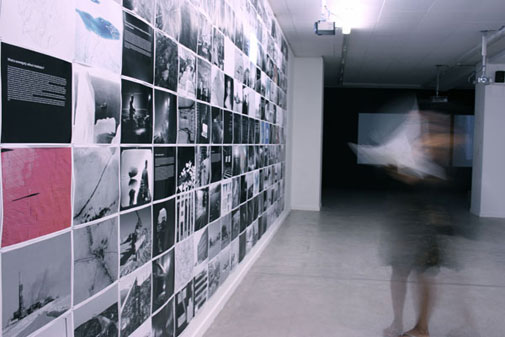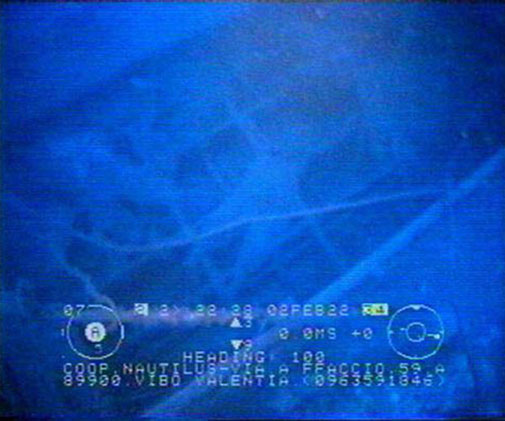The Peninsula


Today the idea of Europe presents itself as a complex overlapping of delays, accelerations, conjunctions, fractures and slow adjustments. The construction and transformation of Europe has always engaged its relational condition: by considering the transformations in the links between contemporary polities and their spaces of operation in the coastal territories of Europe, we will consider the maritime spaces of Europe as architecture, as the construction of territories over time.
As a work in progress the notion of Europe challenges us to redefine contemporary space beyond continuous and extensive territorial entities, beyond the hierarchies and certainties of the nation and sweeping urbanisation processes: it holds back on them and reorganises the inhabited space in a series of differentiated individual transformations and discontinuous changes. A series of innovative processes – that reshape the links between the physical environment and the societies that inhabit them – contributes to the construction of the extended European space as an assemblage of layered and asynchronous environments in transformation.
Europe’s landform is marked by two vast depressions to north and south, flooded by the oceans to form two parallel chains of seas that penetrate deep into the interior. The European peninsula, with its outreaches, bays, meanders, and straits is a unique set of environments, urban structures and political organisations in constant transformation. It is defined in the north by the North Sea–Baltic Sea lane that connects the Atlantic to Russia. In the south the Mediterranean – Black Sea chain stretches from Gibraltar to the Transcaucasus. Today the coast of Europe is not only marked and shaped by natural forces: it is a complex mixture and accumulation of biological, geological, social, cultural, economic, technical and urban structures that form a crucial system that is re-negotiating and adapting its material forms in the face of the pressures of globalisation and geopolitical changes. It is a complex contemporary urban and metropolitan system ensconced within a number of rapidly changing natural forces and processes.
John Palmesino
John Palmesino is an architect and urbanist. He has established with Ann-Sofi Rönnskog Territorial Agency, an independent organisation that combines contemporary architecture and urbanism, advocacy and action for integrated spatial transformation of contemporary territories. He is Diploma Unit Master at the AA Architectural Association School of Architecture, London, where he also teaches at the MA History and Critical Thought. He is Research Advisor at the Jan van Eyck Academie, Maastricht. He previously has been Head of Research at ETH Studio Basel – Contemporary City Institute. He has co-founded ‘Multiplicity’ in Milan, an international network that investigates transformations of the contemporary city. He is the initiator of the multi-disciplinary project ‘Neutrality’ that researches the transformations of contemporary space. He is researching for his PhD at the Research Architecture Centre at Goldsmiths, where he also is in charge of the MA seminars.